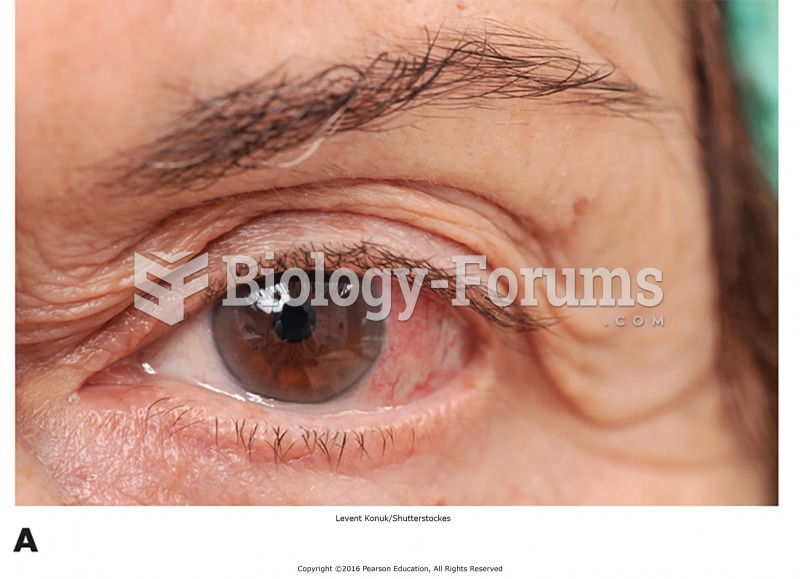|
|
|
People with high total cholesterol have about two times the risk for heart disease as people with ideal levels.
A recent study has found that following a diet rich in berries may slow down the aging process of the brain. This diet apparently helps to keep dopamine levels much higher than are seen in normal individuals who do not eat berries as a regular part of their diet as they enter their later years.
Asthma cases in Americans are about 75% higher today than they were in 1980.
As the western states of America were settled, pioneers often had to drink rancid water from ponds and other sources. This often resulted in chronic diarrhea, causing many cases of dehydration and death that could have been avoided if clean water had been available.
Cancer has been around as long as humankind, but only in the second half of the twentieth century did the number of cancer cases explode.







